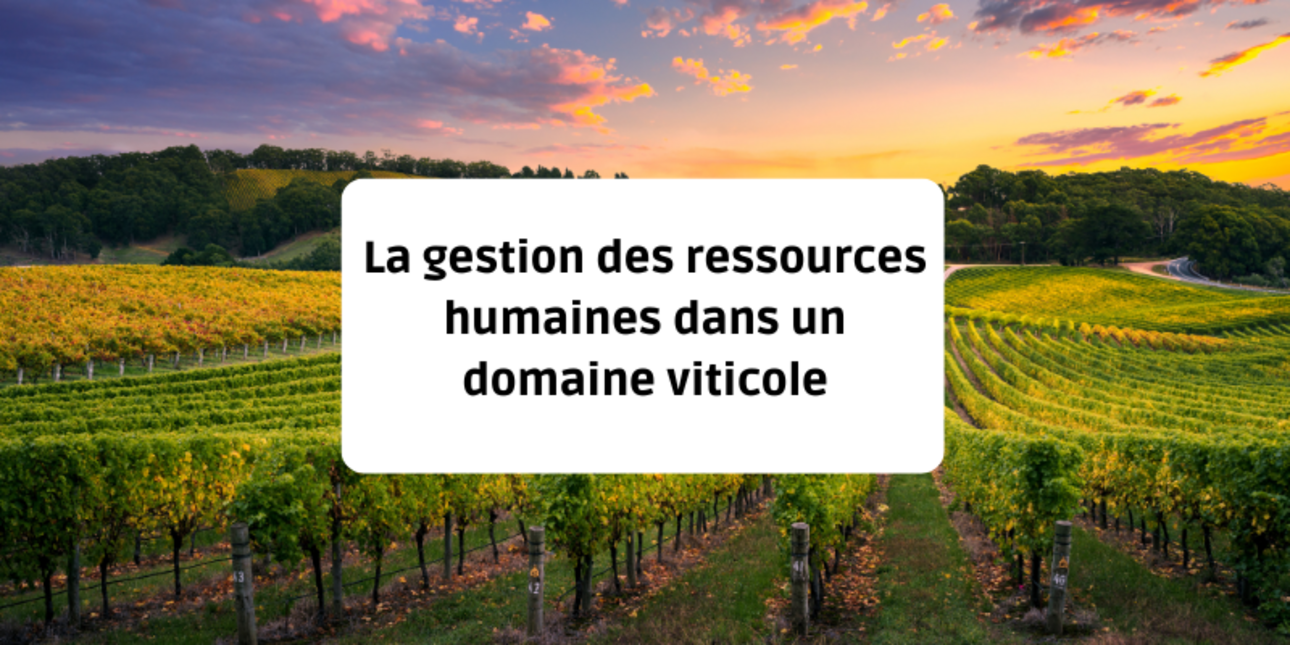
Human resources management (HRM) is a crucial aspect of ensuring the long-term future and development of a winery. In a constantly evolving sector, wineries face many challenges in terms of recruiting, retaining and developing the skills of their employees.
This article explores the different aspects of HRM in a winery and proposes solutions for optimising this essential function.
The wine sector is characterised by a high degree of seasonality, particularly during the pruning and harvesting periods. This means that there is a significant need for seasonal labour, which represents a major challenge for wineries in terms of recruitment and staff management.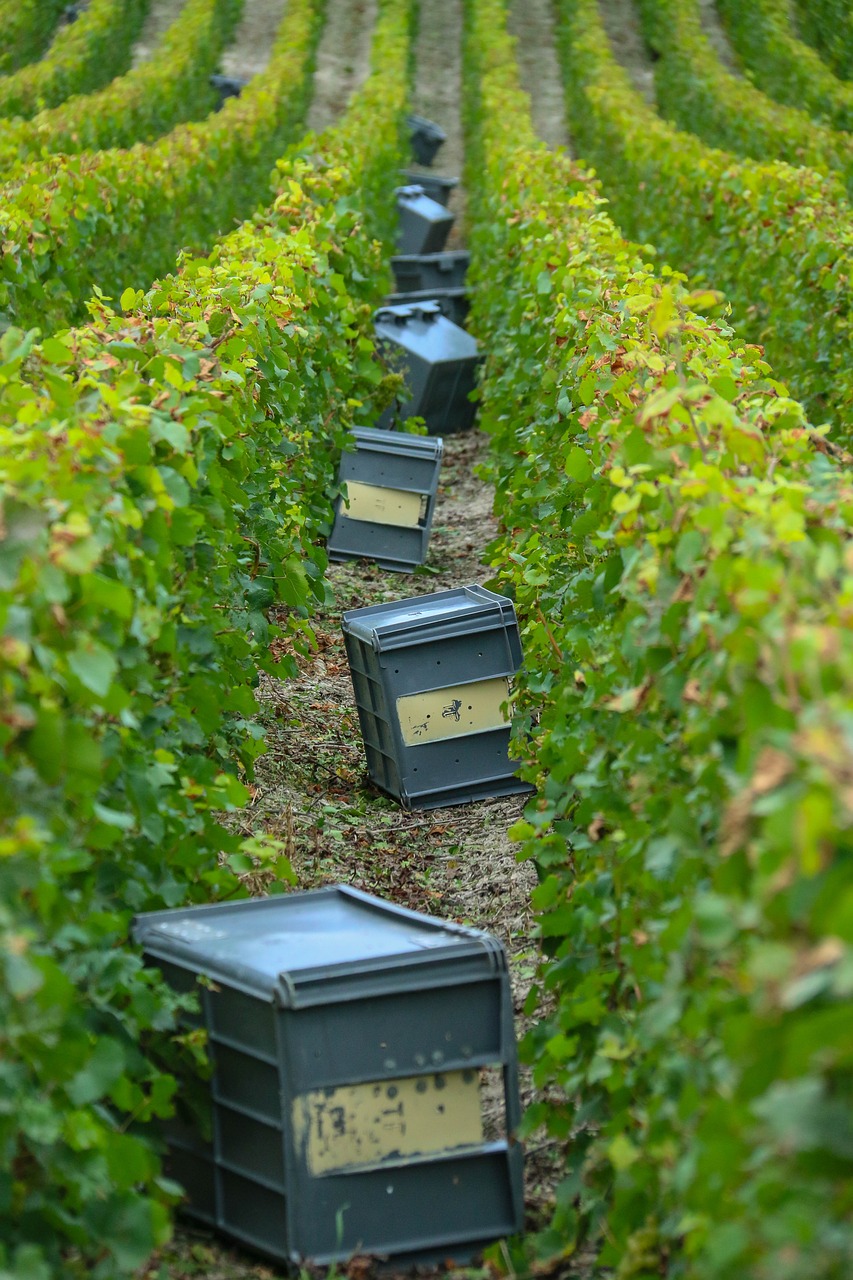
Wine production requires advanced technical skills in both vineyard management and winemaking. Winegrowing estates therefore need to attract and retain skilled people who are capable of mastering these technical aspects while keeping pace with developments in the sector.
When it comes to marketing the wine, it is possible to use the company's own sales staff, or to subcontract or delegate this function.
Faced with climate change and new consumer expectations, wineries are constantly having to innovate and adapt. This situation calls for dynamic human resources management, capable of supporting these changes and developing the necessary skills within their teams.
The first step in an effective recruitment process is to clearly define the winery's staffing needs. This involves a precise analysis of the positions to be filled, whether permanent or seasonal, and the skills required.
To attract the best candidates, wineries can use a variety of recruitment methods:
To optimise their recruitment process, many wineries turn to specialist recruitment agencies. These experts in the sector can offer their in-depth knowledge of the wine employment market and propose candidates who are perfectly suited to the company's needs.
To retain their employees, wineries need to create an attractive working environment. This includes a good working atmosphere, safe working conditions and competitive pay.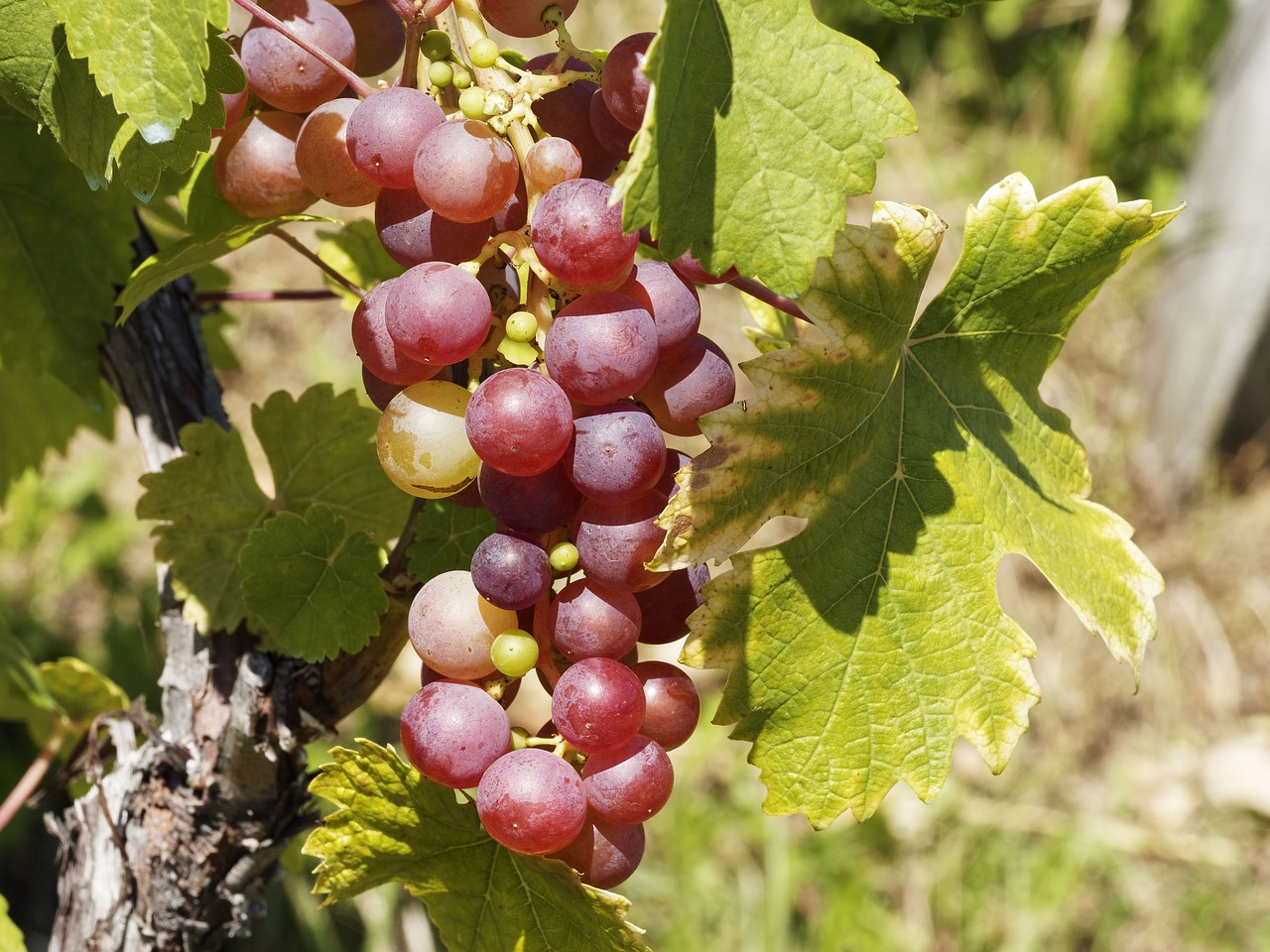
Ongoing training and skills development are essential for keeping employees motivated and ensuring the competitiveness of the winery. Companies can set up individualised training plans and encourage multi-skilling.
By involving employees in strategic projects and decisions, employers encourage their commitment and their sense of belonging to the company. This participative approach can make a major contribution to staff retention.
To enhance the attractiveness of the business and build employee loyalty, wineries can introduce a variety of financial tools. Profit-sharing allows employees to share in the company's performance, by paying them a bonus linked to results or productivity. The Plan d'Épargne Entreprise (PEE) offers employees the chance to save with the help of the company, while the Plan d'Épargne Retraite Collectif (PERCO) helps them prepare for retirement.
Benefits such as lunch vouchers can also improve employees' day-to-day purchasing power. As well as being tax-efficient for both the company and employees, these schemes help to create a sense of belonging and align employees' interests with those of the winery.
Payroll management in a winery can be complex, particularly when there are both permanent and seasonal employees. It is crucial to put in place an efficient system to ensure rigorous management of remuneration and social security contributions.
Winegrowing estates must ensure scrupulous compliance with employment law, particularly with regard to employment contracts, rest periods and safety conditions. Regular legal monitoring is essential to keep abreast of regulatory developments.
To increase efficiency, wineries can rely on specialised management tools to automate certain administrative tasks and centralise information relating to human resources.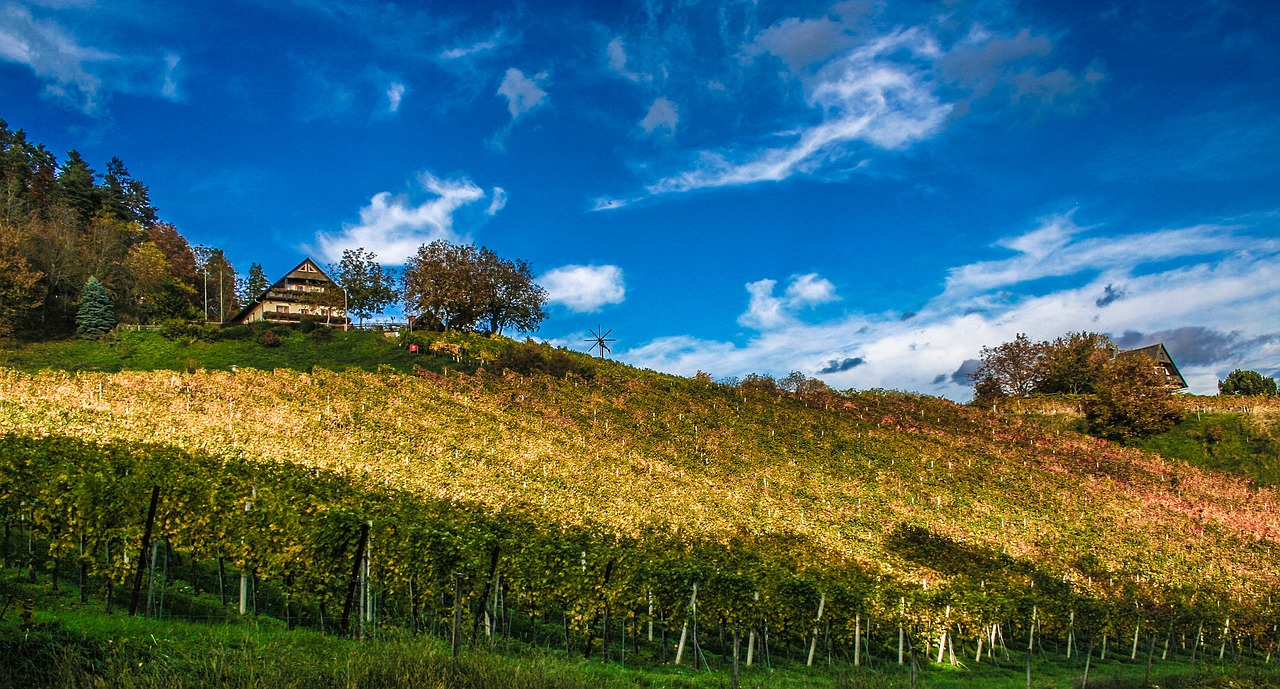
Regular analysis of the company's existing skills and future needs enables us to anticipate changes in the sector and implement appropriate training initiatives.
Winegrowing estates can offer different types of training to their employees:
Drawing up an annual training plan helps to structure skills development initiatives and align them with the winery's strategic objectives.
GPEC involves anticipating changes in the professions and skills required in the wine industry. This approach enables the company to prepare for changes in the sector and adapt its human resources accordingly.
By identifying potential within the company and setting up individualised development pathways, wineries can prepare their future generation of managers and experts.
GPEC must take account of the sector's major challenges, such as the ecological transition, digitalisation and changes in the way wine is consumed.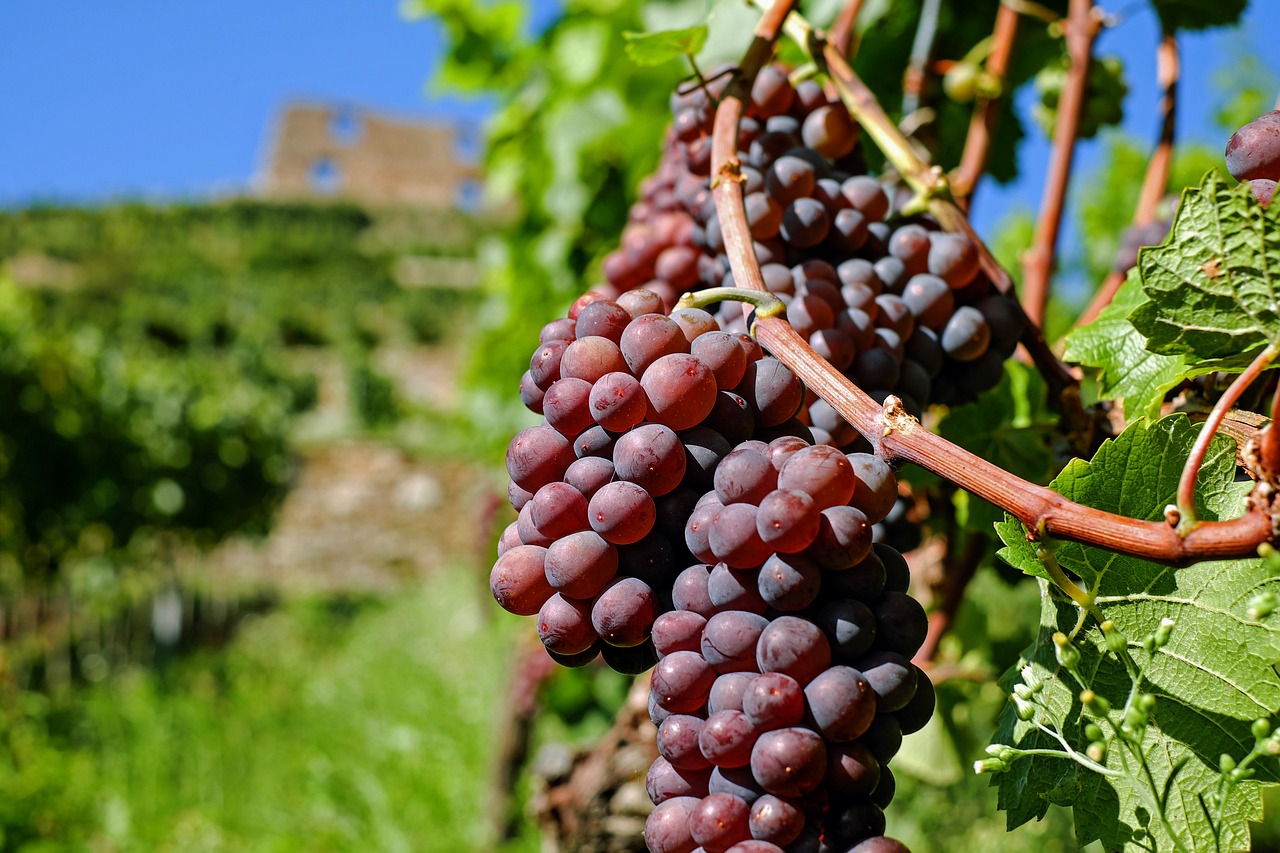
On a wine estate, local management plays an essential role in motivating and engaging teams. It is important to train managers in good team management and communication practices.
To encourage cohesion and the sharing of information within the domain, it is recommended that effective internal communication tools be put in place (intranet, newsletters, regular meetings, etc.).
Conflict prevention and management are an integral part of HR management in a winery. It is important to train managers in mediation and to put in place clear procedures for resolving conflict situations.
Managing human resources in a winegrowing estate is a major challenge for ensuring the long-term future and development of the business. Faced with the challenges of the sector, wineries need to put in place a strategic HRM system capable of attracting and retaining talent, developing skills and keeping pace with changes in the sector. By investing in quality HRM, wineries can ensure they remain competitive and adapt to changes in the wine market.